Charging the hydrant is a critical part of any firefighters day. This essential act hooks up firefighters with the water needed to fight fires and save lives. Charging the hydrant is a term everyone has undoubtedly heard, but what does it really mean — and why are emergency services in particular so dependent upon this one single piece of infrastructure? This blog post takes a deep dive into the procedure, history and future of this crucial firefighting task throwing light on some essential insights for firefighters around the globe as well to people interested in emergency services or basic safety.
A Historical Overview of Hydrant Systems
The very idea of hydrants has tieptoed via thousands and thousands about centuries. In those olden times, water was sourced from relatively inert wells and rivers only. Cities did not start to develop more complex hydrant systems until the 19th century. These systems were a revolutionary way of putting out fires in cities where pools, lakes and rivers could not be accessed as rapidly or easily.
Hydrant systems were slower to be adopted in rural areas due to infrastructure challenges. This changed when technology improved, and people realized how valuable it was to have fast available water even if the nearest fire station wasn’t exactly in walking distance. Modern-day urban and rural communities need hydrant systems to ensure a high level of firefighting capabilities.
Learning about the evolution of fire hydrant systems helps to demonstrate how important they are in fighting fires today. When that time comes the water delivery system is there to save lives and protect property.
The Process of Charging the Hydrant
Charging the hydrant is putting a fire hose on this hydrant to get its water supply. This takes precision in order to guarantee a constant yet reliable water flow for the team of firefighters.
Firefighters begin by finding the nearest hydrant and then removing any dirt or obstacles. They attach a hose to the outlet of hydrant and make it tight so that there is no gap leading water gushing out. When the hose is set, a hydrant valve turned and the water can then go all of the way from the hydrant into a fire truck or directly to firefighters at that scene.
Charging the hydrant is more than a valve that you turn. Ensuring consistent flow of water and communication between the members involved is a requirement. This careful process is key to balancing a constant supply of water for efficient firefighting.
Importance of Charging the Hydrant for Adequate Water Supply
The availability of an ample water supply is the very lifeblood of firefighting itself. Central to that is charging the hydrant, which gives firefighters necessary water pressure and volume to fight fires. A fire hydrant out of the picture would make it very hard to put out flames causing more danger both in properties and lives.
Hydrants are usually located in key locations to make urban area hookup simpler. Still though, it is important to charge the hydrant correctly for maximum flow. In a rural scenario the distance between hydrants could be much larger which may put an even bigger strain on effective charging. Charging the hydrant is what allows firefighters to use their full water supply and give maximum fire suppression effectiveness.
Safety Protocols and Best Practices for Charging Hydrants
For our purposes safety is the upmost important thing regarding charging hydrants. There are certain protocols that firefighters must follow while fighting a fire to avoid mishaps and injuries. Most importantly, you will need proper training. Knowledgeable about many types of hydrants and charged in their techniques to charge safely. You NEED to wear the right safety equipment that would protect you from high-pressure water bursts and any sudden failures of machinery.
Teamwork is important as well. Proper team member communication makes everyone on the same page for chargin Ensures nobody missed their charge responsibility which lowers risks and improves uptime In conclusion, following all safety protocols and best practices not only preserves the integrity of firefighters but also guarantees a safe and flawless operation when it comes to charging hydrants.
Real-Life Examples of Successful Hydrant Charging
It is anecdotal lessons of firefighters charging hydrant by clicking on the images, I am expressing importance of this task in firefighting operation. Earlier in 2019, California firefighters were battling a wildfire that was threatening scores of homes and businesses. Fast and efficient hydrant charging enabled them to reach the water quickly, stabilise any further fires in a short time and minimise damages.
An elaborate suction hydrant charge maneuver while fighting a warehouse fire in 2021 was responsible for firefighters quenching the flames quickly enough to prevent the fire from smoldering nearby buildings one of New York City. These examples highlight the need for hydrant charging to function correctly and without delay in order to aid in fire fighting efforts, saving municipalities from catastrophe.
Future Trends and Innovations in Hydrant Technology
Hydrant technology of the future The hydrants of tomorrow is soon to be a reality with ways that can change how we engage and control fires for good. New tech, like smart hydrants with sensors and connectivity features to offer information on water pressure and flow rates in real time, is also being developed. This helps firefighters make more informed decisions and adaptations on the fireground, improving their effectiveness as a response to fires.
Changes to hydrant design also enhance their durability and ease of use, producing benefits in terms reduced requirements for maintenance, as well a dependable functionality. Together, these trends in hydrant technology point to significant ongoing improvements within the firefighting industry can become faster and more accurate for charging hydrants.
Conclusion The Critical Role of Charging Hydrants in Firefighting
A charged hydrant is a basic principle of firefighting, ensuring that firefighters have the water supply they need to control and extinguish fires. Knowledge of the History, Process and Safety Protocols Associated with Water Hydrant Charging Are Vital to Emergency Services as Well as Safety Enthusiasts And The Firefighting Community Using case studies from real life and predictions as to where hydrants are headed, we learn how important this is but remains an area that will always need training on.
We welcome readers to submit their thoughts and knowledge on charging hydrants, creating a culture of education in fire fighting — something for all these years establishment has not been able to consistently abridge. Join the conversation and engage with us. By coming together, we can all have a greater comprehension and readiness to conduct successful firefighting operations.

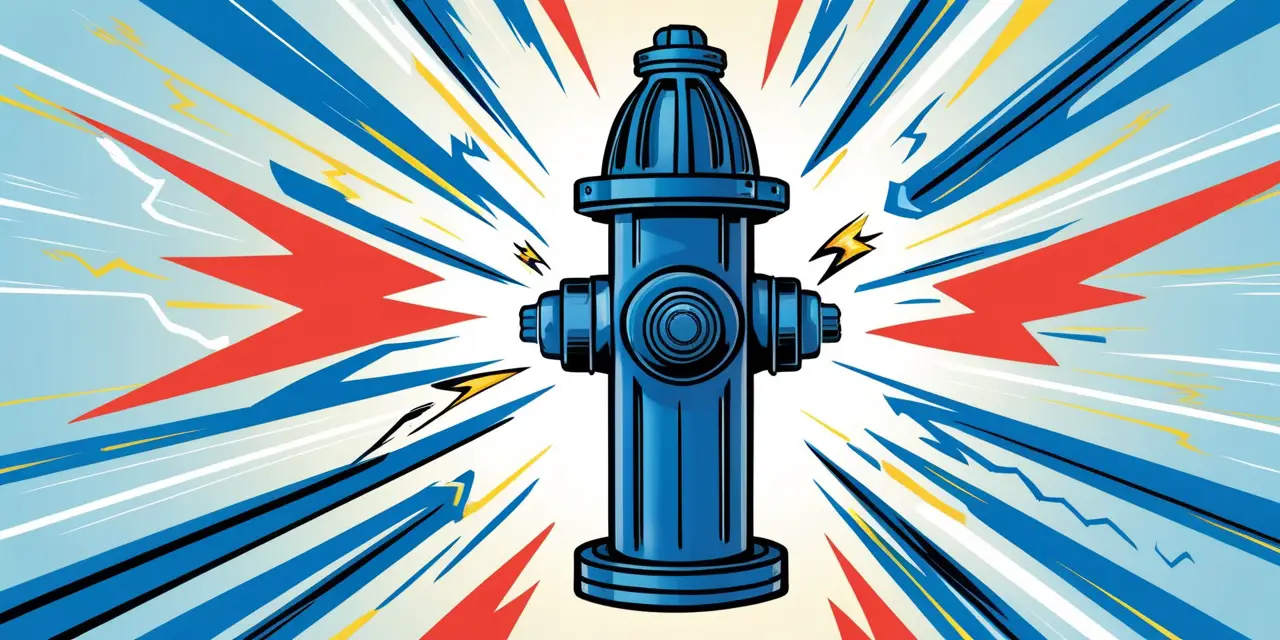

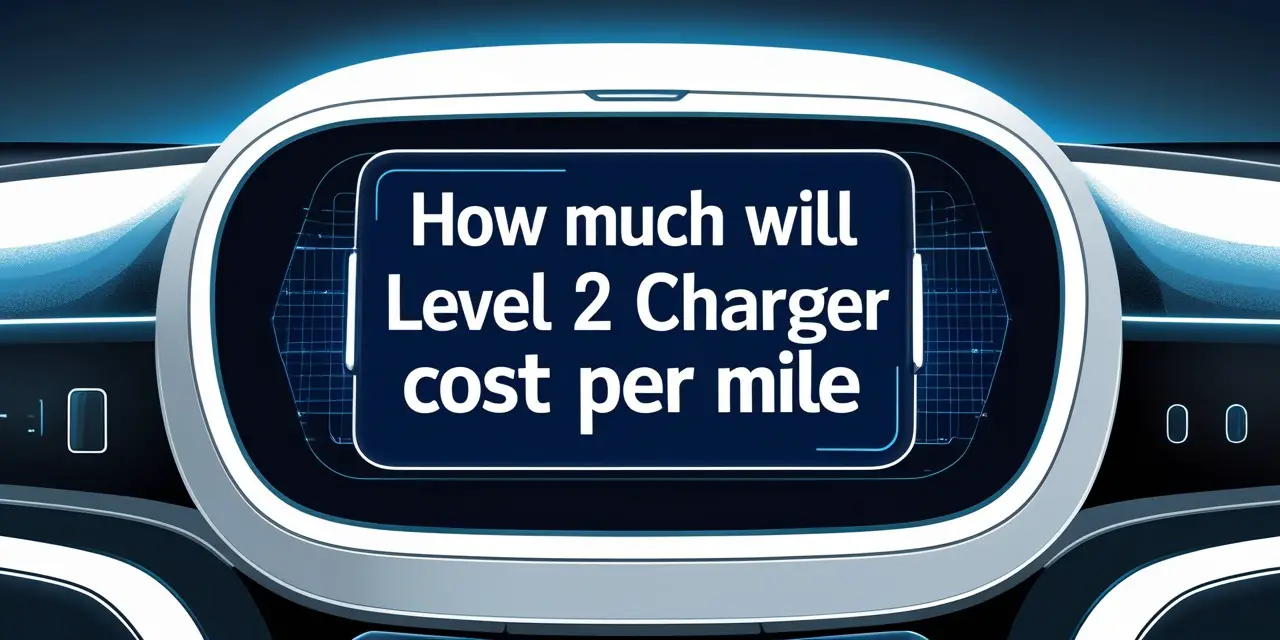

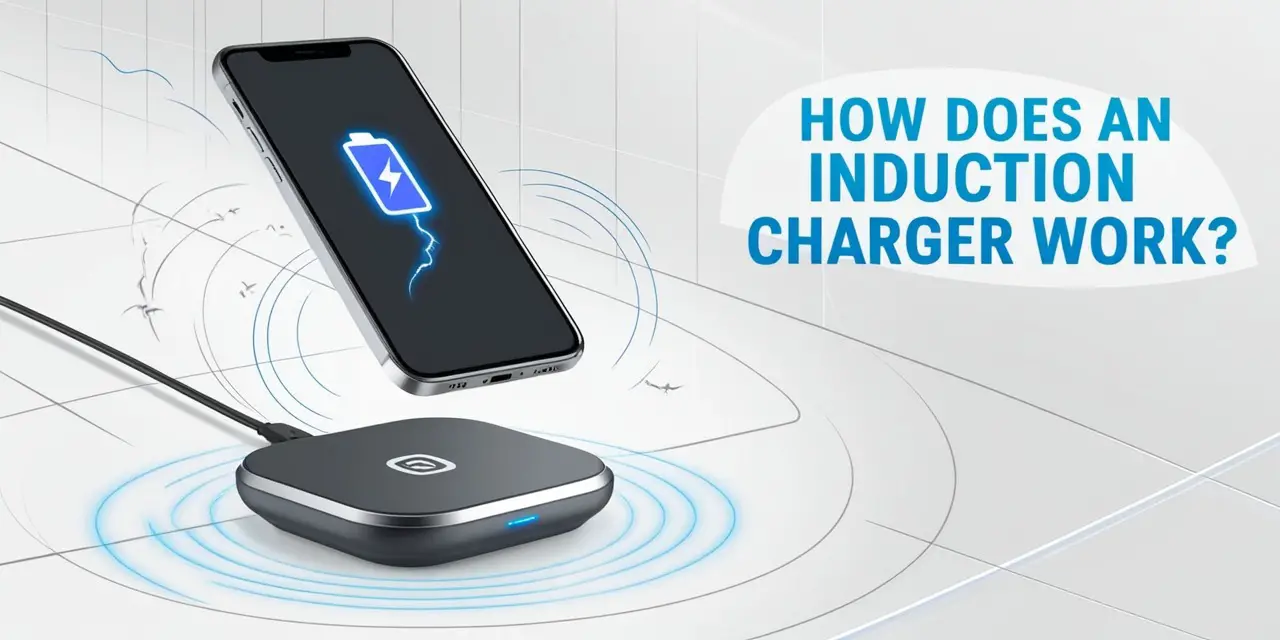

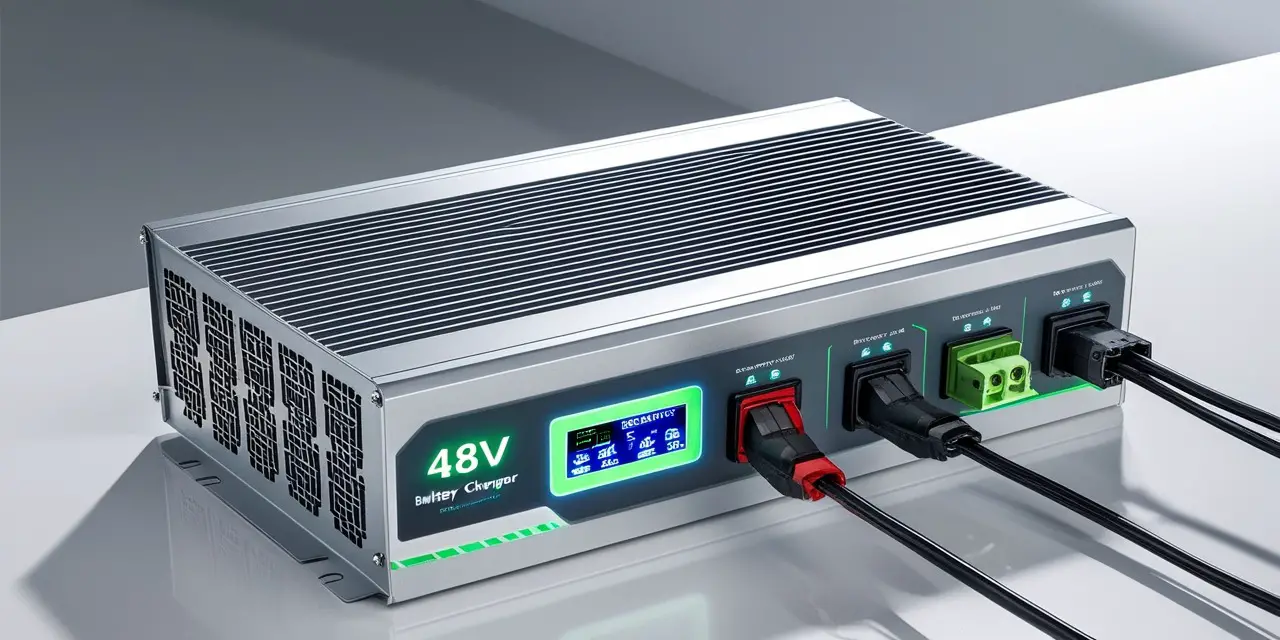
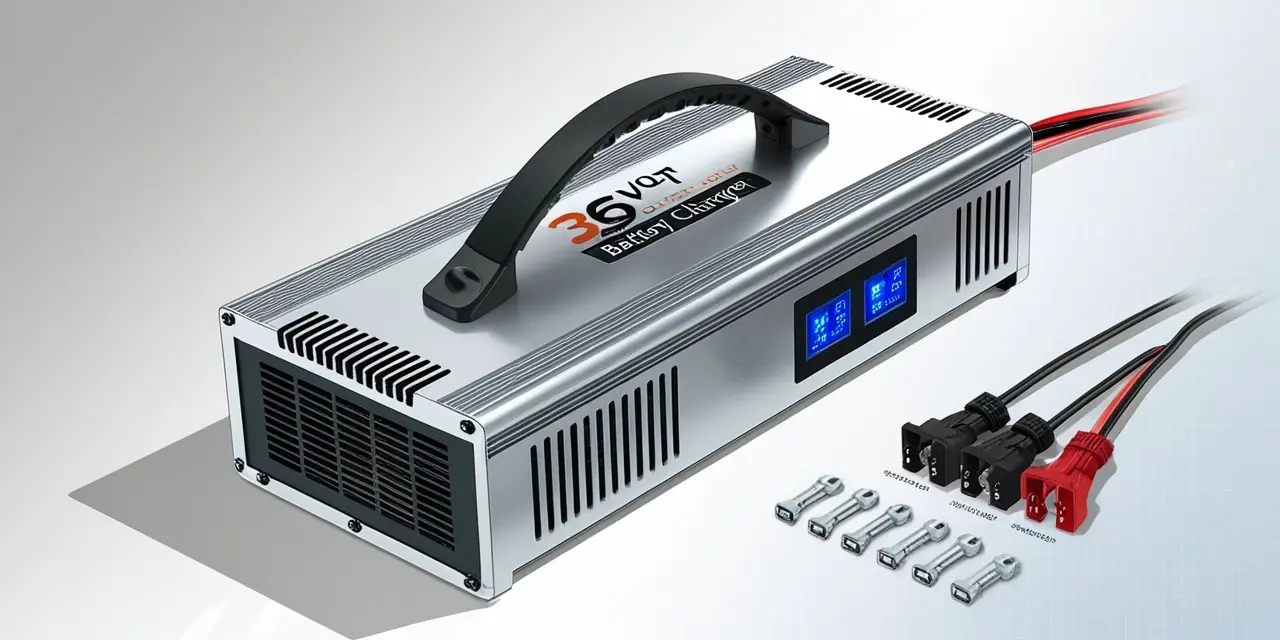

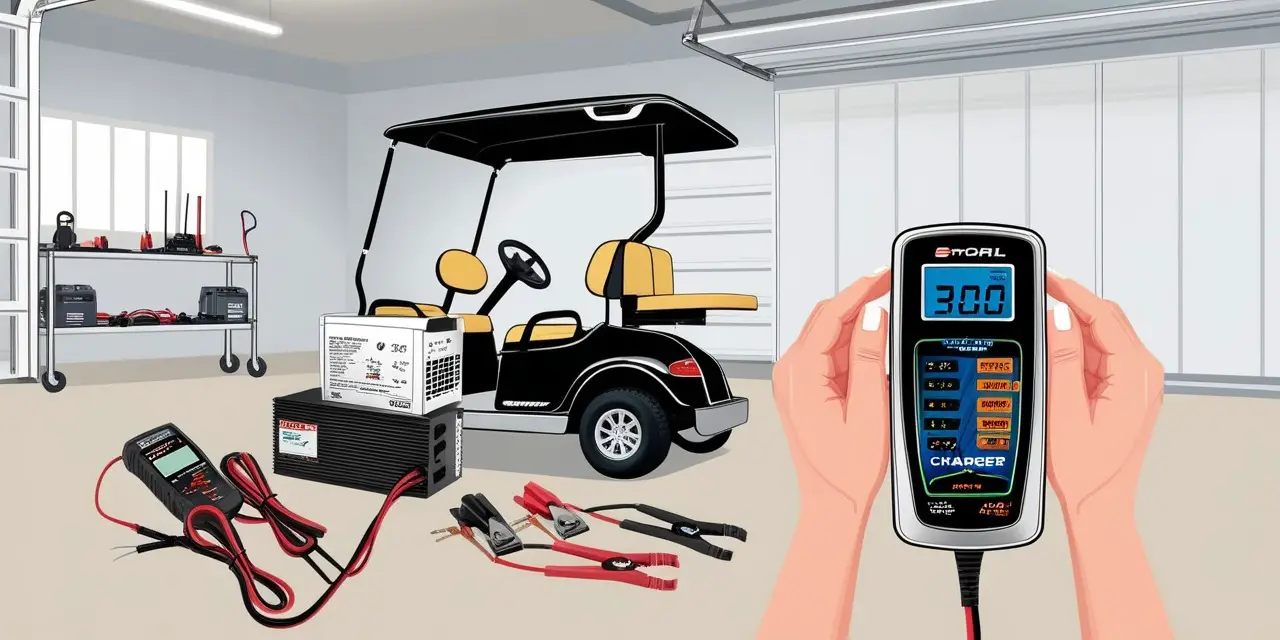

Leave a Reply